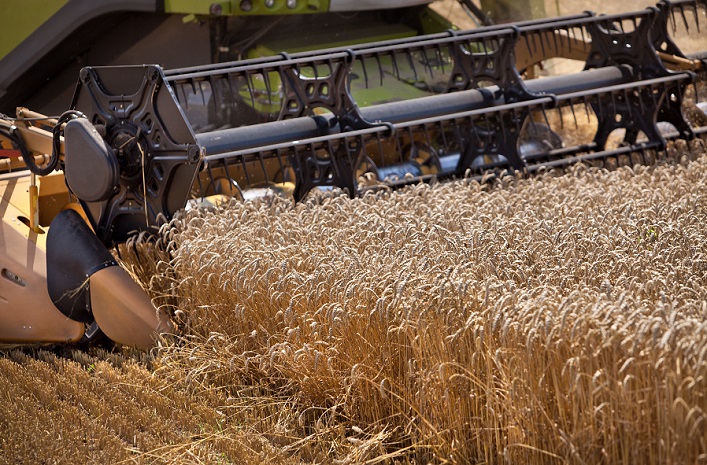Stockholm/Continental Africa – As Sweden projects a grain harvest of 5.5 million tonnes in 2025—close to its ten-year average—there are valuable insights and parallels for African grain producers striving to navigate climate variability, improve yields, and strengthen food systems.
According to Sweden’s agricultural cooperative Lantmännen, this season marks a critical recovery point after two years of poor harvests. While conditions vary regionally, the outlook reflects a stabilizing trend, supported by favorable winter conditions and early spring farming. However, profitability remains low, largely due to rising input costs and depressed global grain prices—challenges familiar to African producers as well.
“This year is crucial for Swedish farmers. A harvest at or above average levels is encouraging, but it’s still not enough to reverse long-term profitability declines,” said Per Germundsson, Head of Grain Business at Lantmännen Lantbruk.
🌍 Implications for Africa: Shared Challenges, Unique Opportunities
Just like Sweden, many African countries face:
-
Low farmer profitability due to global price volatility
-
Climate-related unpredictability such as rainfall dependency and shifting growing seasons
-
Input price pressures on fertilizers, fuel, and seeds
-
Need for better post-harvest storage and export capacity
However, Africa’s unique opportunities lie in:
-
Large tracts of underutilized arable land
-
Year-round growing potential in certain regions
-
Expanding regional trade under the African Continental Free Trade Area (AfCFTA)
-
A youthful farming population ready to adopt tech-enabled practices
💡 Lessons from Sweden: Diversification, Resilience & Export Strategy
Sweden’s recovery is partly attributed to:
-
Autumn-sown crops surviving a mild winter
-
Flexible harvest systems for pasture and grass (with up to four cuttings annually)
-
A forward-looking national food strategy focused on export and resilience
For African policymakers and agribusiness leaders, this reinforces the importance of:
-
Climate-smart agriculture and adaptive planting calendars
-
Investing in irrigation and water management to reduce rainfall dependency
-
Developing regional grain value chains to improve farmer incomes
-
Aligning national food strategies with trade and export goals
🔄 Strengthening Food Systems Through Export Readiness
Lantmännen emphasizes that increasing food exports not only boosts profitability but also enhances national crisis preparedness. In times of disruption, export channels can be redirected to meet domestic needs—a strategy that African nations can replicate to balance trade competitiveness with food sovereignty.
“Growing exports strengthens Sweden’s food security. This model of dual-purpose production—for export and national resilience—can serve as a template globally,” said Magnus Kagevik, Group CEO of Lantmännen.
🇸🇪🇿🇲 Bridging Nordic Innovation & African Potential
As global agriculture becomes more interconnected, Sweden’s experience underlines how data-driven forecasting, sustainable intensification, and policy-backed investment can stabilize harvest outcomes—even under volatile conditions.
Africa, with its natural advantages and growing ag-tech ecosystem, has the potential not only to feed itself, but to become a global grain powerhouse—if it embraces long-term strategies for productivity, profitability, and preparedness.


